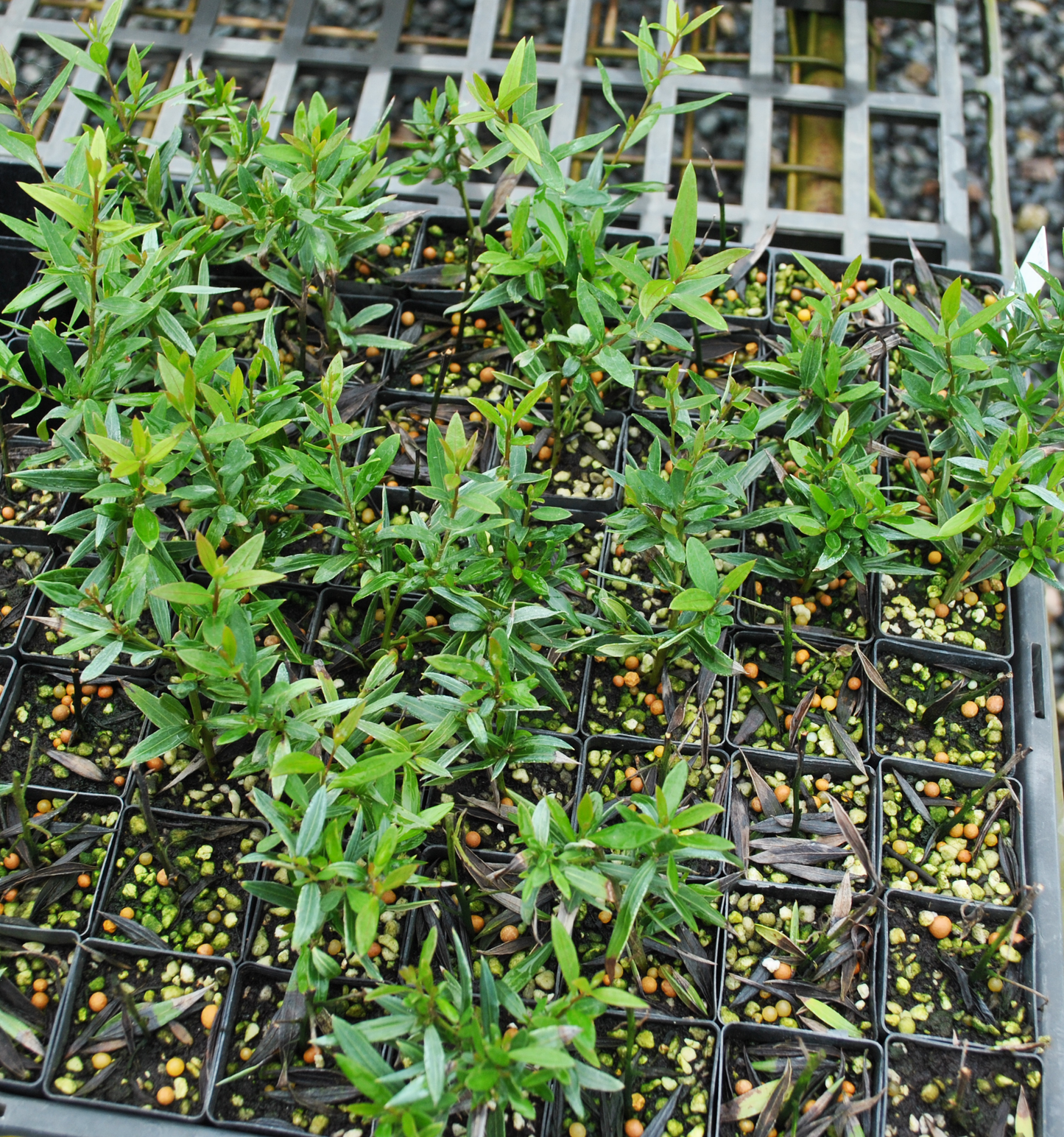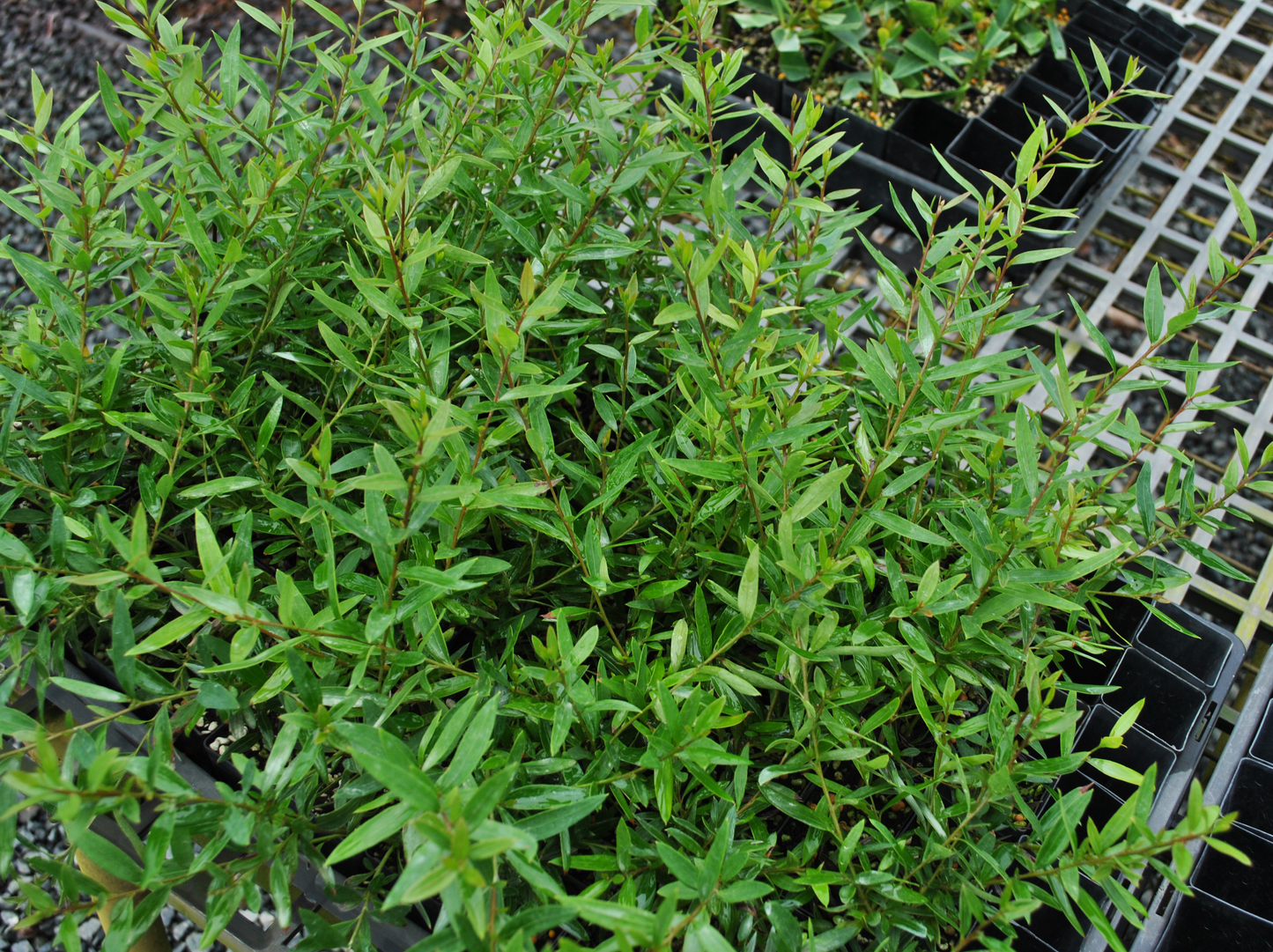Grevillea Forest Rambler
Grevillea Forest Rambler
Couldn't load pickup availability
Minimum $80 spend required for checkout.
Expected Height Range: |
0.5 m - 1 m |
Spread Range: | 4 m |
Preferred positioning: | Full sun, Partial sun, and Partial shade |
Common uses: | Groundcover, Erosion control, Border planting, Supports wildlife, and Attractive foliage |
Flower Season/s: | Winter and Spring |
Flower Colour/s: | |
Plant life cycle: | Perennial |
Forest Rambler is a cultivar that does not occur naturally in the wild. However, Grevilleas in general are native to Australia, where they grow in diverse habitats ranging from coastal regions to mountainous areas and dry inland environments. | |
Leaf information: | Deeply divided dark green leaves |
Preferred Soil: | Prefers light to medium, well-drained soils. While adaptable to a range of soil types, it prefers soils that are slightly acidic to neutral. |
Known for its sprawling habit and prolific flowering that produces stunning red flowers, rich in nectar. This plant is a magnet for wildlife, especially attracting nectar-feeding birds and beneficial insects.
Care Considerations: | Regular watering during the establishment period and occasional deep watering during extended dry periods will promote optimal growth. Pruning after flowering can also encourage a denser growth habit and encourage flowering the following season. Fertilising is not strictly necessary, however a slow-release, low-phosphorus fertiliser suitable for native plants can be applied if desired. |
Share


Plants cannot be exchanged for change of mind so we recommend checking the botanical name and detailed plant information, as common names can vary and be location-specific.


